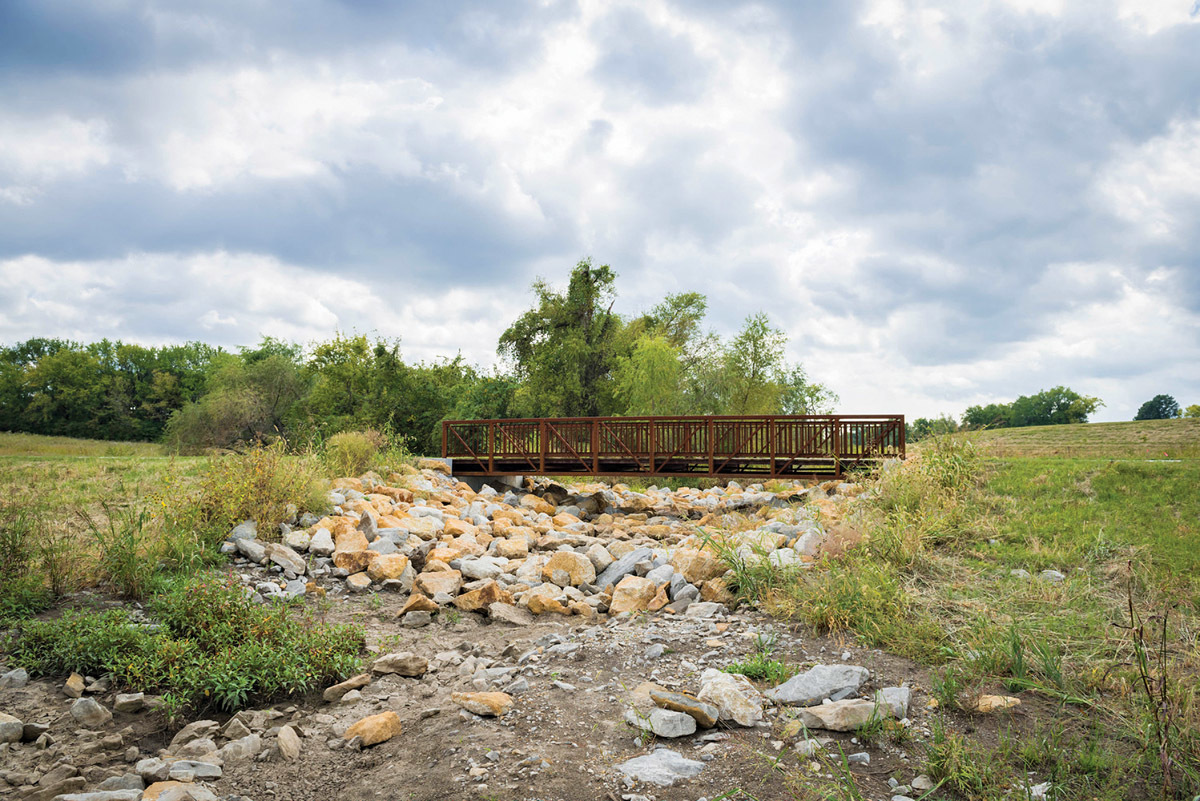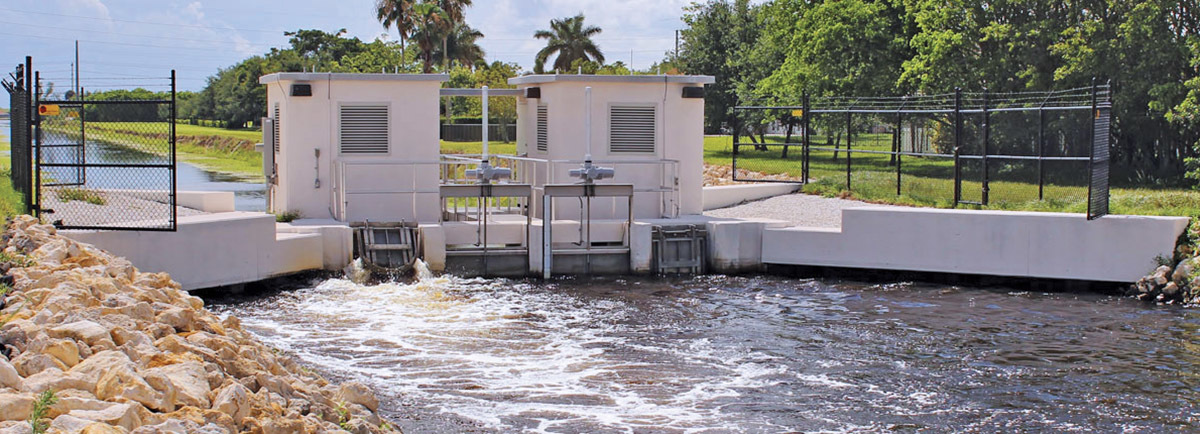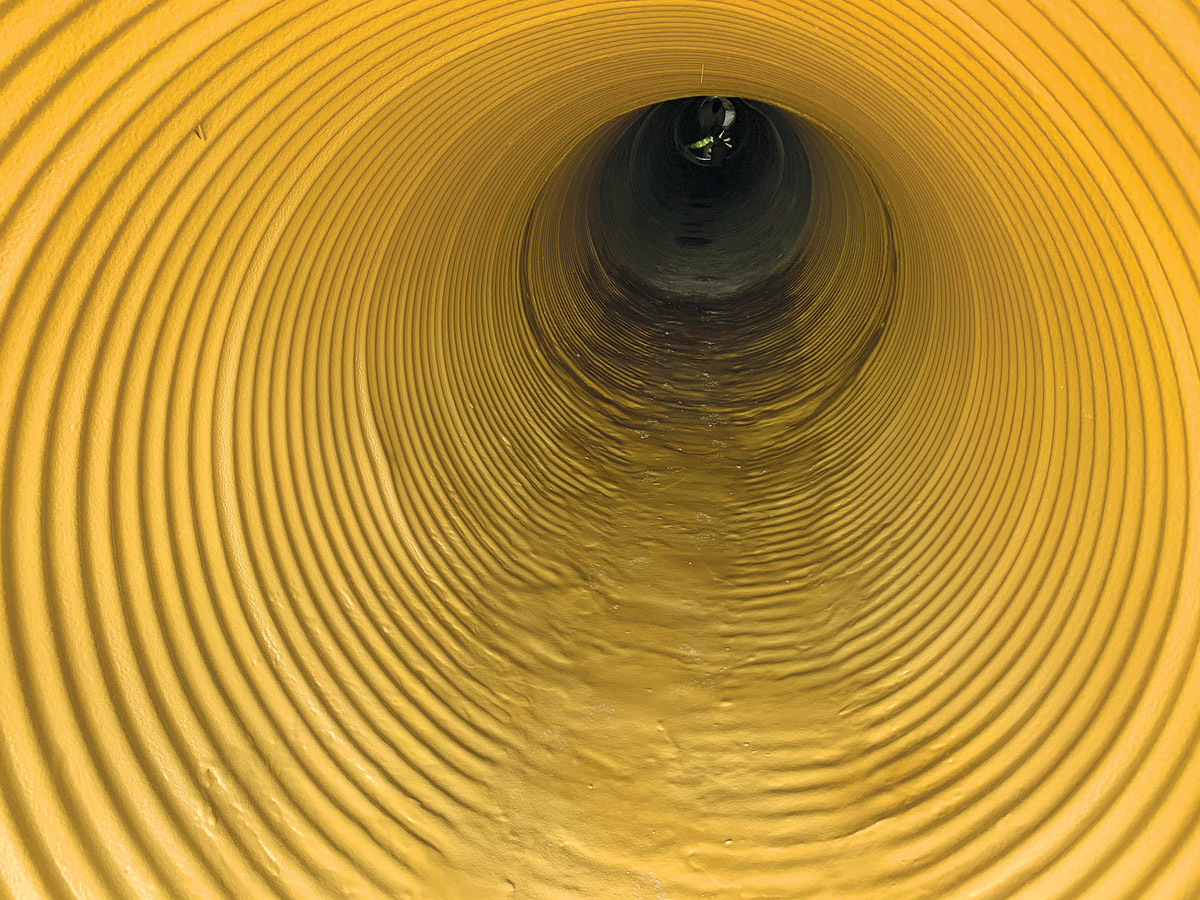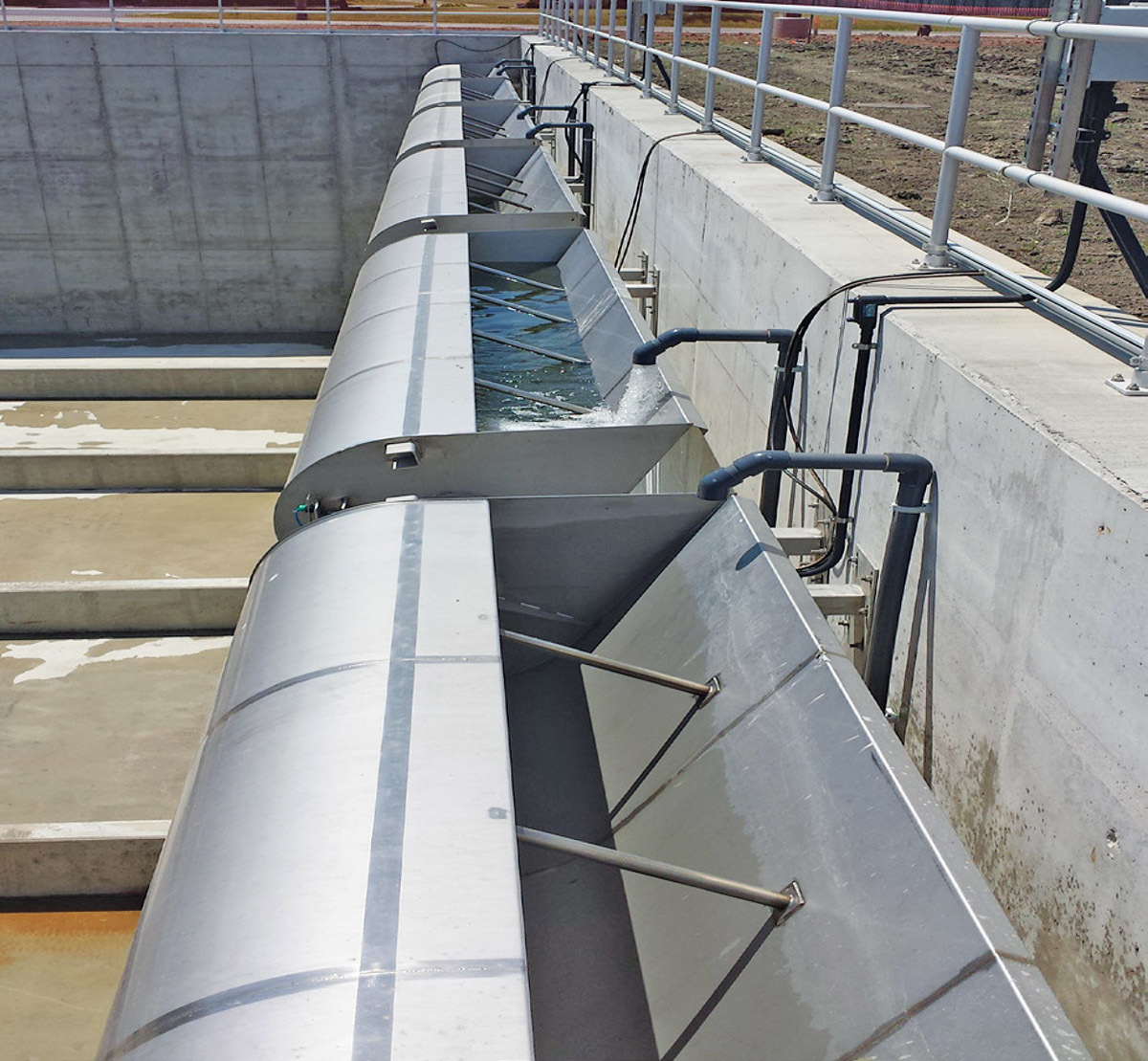Interested in Stormwater?
Get Stormwater articles, news and videos right in your inbox! Sign up now.
Stormwater + Get AlertsHigh-build epoxy coating a solution for lift station
Problem:
A Florida utility needed to coat a concrete lift station/wet well. The structure measured 21 by 21 feet and contained two tanks. The city was searching for a solution to line and protect the structures effectively before the typical 30-day concrete cure time.
Solution:
Universal Painting Corp. was able to deliver the desired solution using Epoxytec products. Mortartec Ceramico was applied at 1/4-inch minimum thickness. The product was kept under humid conditions while curing and away from direct sunlight to avoid dry-out conditions. CPP Sprayliner was applied as a protective topcoat.
Result:
The application qualities of Epoxytec allowed the project to be completed on time. “It has been the easiest plural application we have ever had,” says John Aldrich, president/CEO of Universal Painting Corp. “We absolutely love the surfacer. We are planning on submitting the product for some thin-film systems whose manufacturer doesn’t have an equal.” 877-463-7699; www.epoxytec.com.

Stormwater issues rectified with resident-friendly wetlands
Problem:
The city of Lenexa, Kansas, needed a watershed management master plan for flood control. A number of houses downstream of Clear Creek had been impacted by stream erosion and flooding. The city needed a solution that would reduce flooding incidents for area homeowners.
Solution:
Olsson developed a concept for the 130-acre tract that coupled wetlands with resident-friendly features such as nature trails and a 40-acre recreation area. The plan called for a watershed upstream. The firm worked with the city’s stormwater engineers to create two regional, water-absorbing wetlands and incorporate existing stormwater best management practices. The plan also incorporated green infrastructure to improve water quality issues, and relocated a 1,300-foot-long, 18-inch-wide sanitary sewer line while navigating around a 42-inch water main owned by a neighboring city.
Result:
The plan is working as planned and is reducing flooding, improving water quality for area residents, and providing Lenexa citizens with more greenspace and recreational opportunities. The plan connected adjacent developments with a mile of trails and added more recreational amenities. The Clear Creek project is still going strong. The wetlands provide water treatment; the detention basin provides flood control; and both provide residents peace of mind — not to mention access to walking trails. 402-474-6311; www.olsson.com.

Remote canal monitoring system improves overflow response time
Problem:
Lake Worth Drainage District operates approximately 500 miles of canals and 20 major water control structures across more than 200 square miles in southwest Florida. The district was hampered by an outdated operational philosophy and lacked systemwide integration with weather and tidal data. Operators found themselves continuously struggling to react quick enough to protect their customers from overflows.
Solution:
The district deployed SmartCover to remotely monitor its canals while integrating local radar and tidal data with National Oceanic and Atmospheric Administration rainfall information along with the SCADA and remote-control gate operation.
Result:
This revolutionized the district’s response time. “Before SmartCover, we would drive out to check conditions, call the office, make our operational decisions, drive to the gate, operate the gate. It was a two-hour exercise. With SmartCover, we’ve reduced response time to minutes,” says Tommy Stroud, the district’s executive director and district engineer. Hurricane Irma put the SmartCover system to the test in September 2017. Canal level visibility, in addition to rainfall intensity and duration, enabled the district to monitor flow, predict peak stages and manage its infrastructure during this historic storm event. The system allowed it to minimize the impact of flooding and operate with no service interruptions before, during or after Irma. 760-291-1980; www.smartcoversystems.com.

Lining used to keep storm pipe from collapsing
Problem:
The city of Carmel, Indiana, was in a dire situation when a rusted water pipe ruptured, creating a massive sinkhole in the road at a major intersection. Fortunately, officers arrived at the scene and were able to secure the area surrounding the 12- by 18-foot hole before any accidents occurred. The storm pipe was removed and replaced, but the city was faced with another obstacle: There was another 220 linear feet of storm pipe from the replaced section to a drainage lake that could collapse at any time.
Solution:
Removing the remaining pipe was not a practical option due to the location of utilities in the area. Conco Spray Solutions provided the city with an alternative solution: a structural liner that would hold infiltration back and provide a long-term structural solution with a 50-year design life. Time was of the essence so after the lake was pumped down, the pipe was dried and cleaned to remove debris. The Conco Spray team pressure washed the pipe surface at 5,000 psi. Mortar was used to repair rusted voids in the invert. As voids were filled, more leaks became evident so chemical grout was utilized. The ASTM F1216 formula was calculated using a fully deteriorated pipe for a 50-plus-year design life. Sprayroq’s SprayWall lining was applied at a thickness of approximately 630 mils.
Result:
By providing a quick application and not removing the existing structure, Conco Spray Solutions minimized the disruption of traffic flow and preserved the natural landscape. 205-957-0020; www.sprayroq.com.

Flushing tipping buckets keep basin clean
Problem:
More and more new developments and paved surfaces were straining the water treatment plants in Napanee, Indiana, as larger volumes of runoff water flowed into the combined sewer overflow system. In response, the city decided to build a large retention basin to withhold the great quantities of water discharged during storm events. The excess storm flow was full of sediments and debris accumulated over the whole runoff path. Once storms passed, the basin emptied and the debris settled on its floor. Accumulation of such debris is a real problem as it diminishes the potential retention ability of the tanks.
Solution:
Veolia Water Technologies supplied flushing tipping buckets in order to wash the floor of the basin with a powerful wave that removes all of the sediments in only one flush. This keeps the basin clean and empty, ready to accept big loads of water over and over again.
Result:
Storm runoff has been stopped from entering public waterways (streams, rivers and ditches) and as a result the city is preserving the environment, limiting the presence of harmful bacteria like E.coli and ensuring that storm sewers and wastewater remain separate.
855-564-3747; www.veolia.com.






